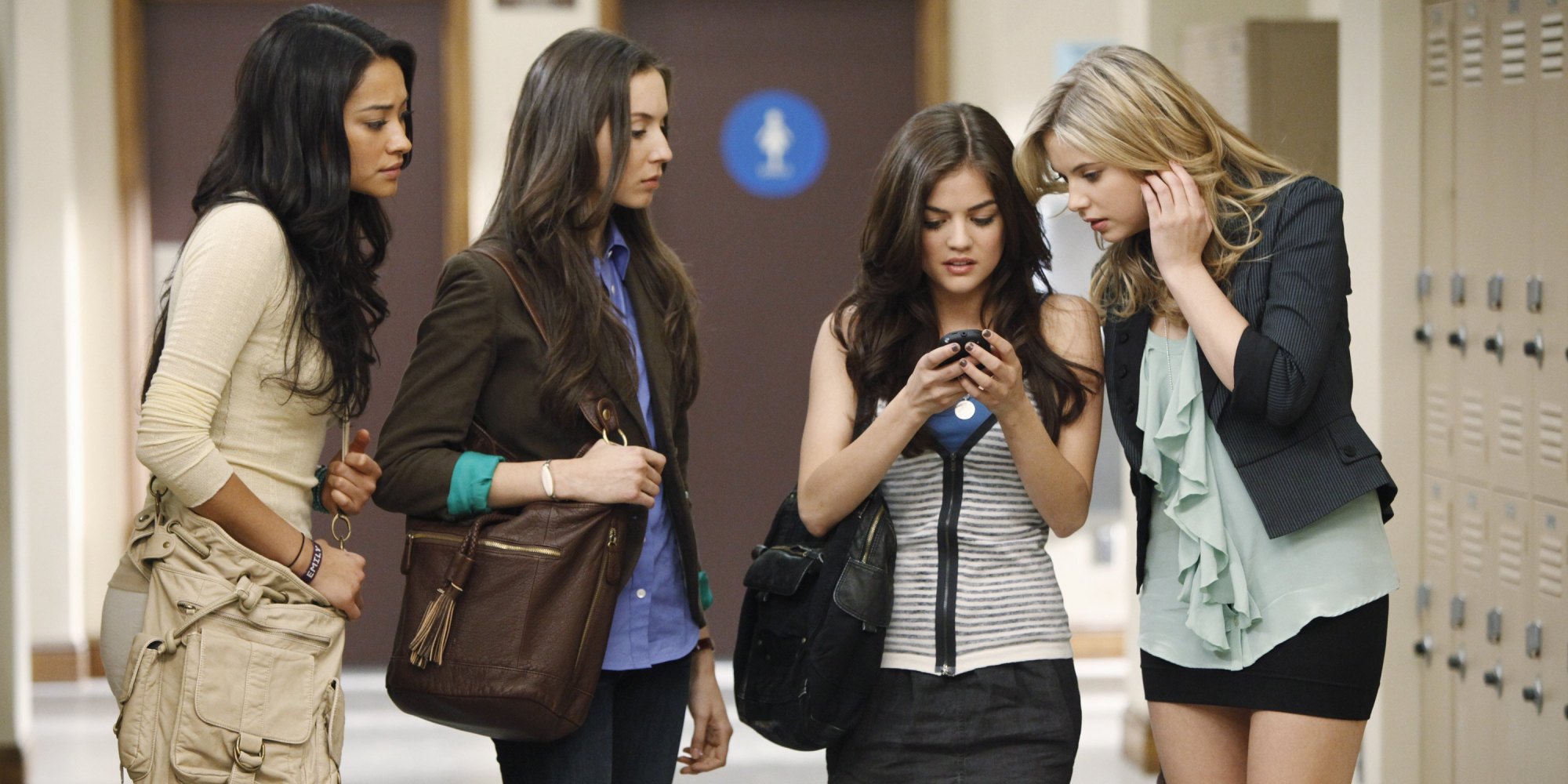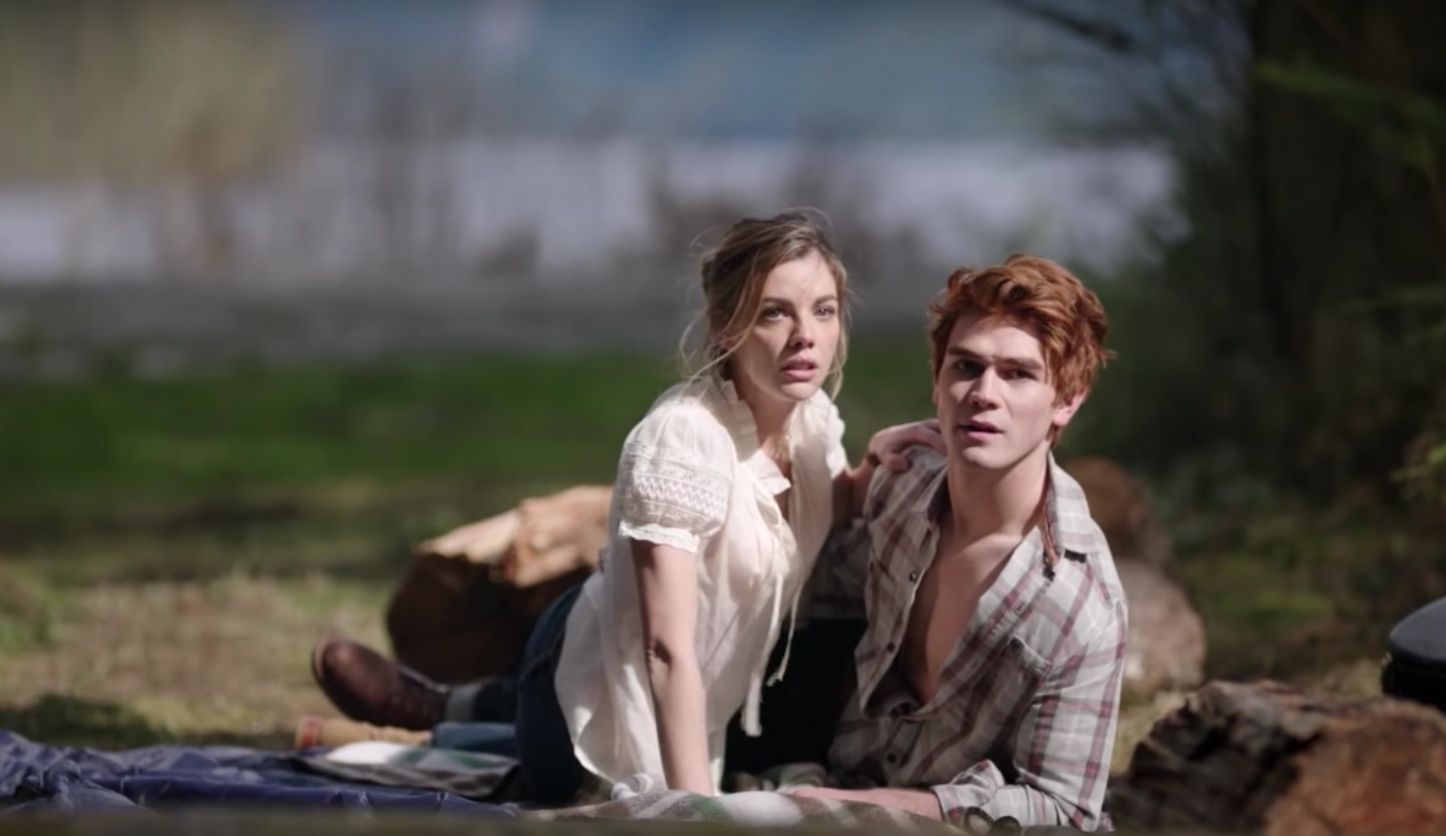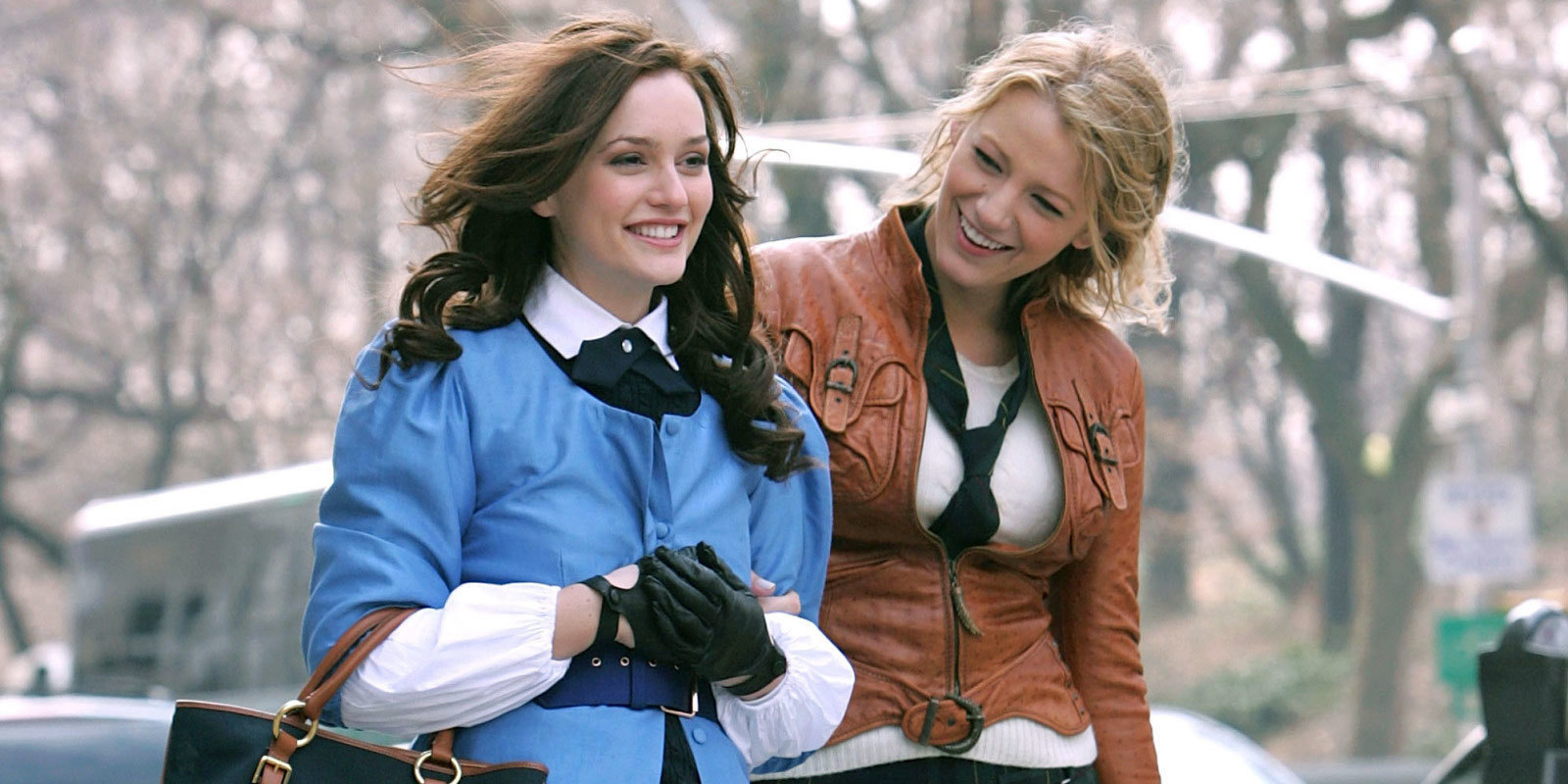The year is 2007. Apple’s first iPhone officially debuts in the U.S. Tumblr becomes a teenage phenomenon. Social media is really starting to take off. A new generation of teens and adolescents are in our midst, and TV producers are struggling to relate to their young, technologically advanced audiences. This was definitely the case until Sept. 14, 2007, when “Gossip Girl” premiered on the CW. Teens finally had a show that linked their reliance on technology and social media to their high school lives.
To give you some background, “Gossip Girl” places a heavy emphasis on the overwhelmingly publicized lives of “upper-East siders.” The two main characters, Blair Waldorf and Serena Van der Woodsen, are privileged and famous due to their successful parents. As a result of this fame, both girls are stalked by a mysterious figure dubbed “Gossip Girl,” who blogs about Serena, Blair and their closest acquaintances on a daily basis.
The two girls aren’t only exploited on the internet, either, as they receive occasional haunting text messages or emails. As time progresses, the identity of “Gossip Girl” becomes increasingly more complex and mysterious. Of course, he/she is finally exposed in the final season (don’t worry, I won’t reveal anything too important), though viewers were left in the dark for six lengthy, 24-episode seasons.
Ever since the show’s debut, teen TV has transformed completely, with countless shows incorporating an anonymous, digital stalker into their storyline. Take “Pretty Little Liars” for instance, as four teenage girls are tormented by “A,” a mysterious, threatening figure who haunts our protagonists via text message and social media. The storyline of “PLL” is alarmingly similar to Gossip Girl’s, and in more ways than one.

In terms of characters, all four girls resemble Serena and Blair in several aspects, as they’re wealthy, attractive and have a refined, expensive sense of style. I suppose both shows are sending viewers a message: the “most popular girls in school” make the easiest targets.
In both shows, misunderstood, angsty teenage boys are given more dimension and tend to uphold a “hero” image. Of course, the creators of “Gossip Girl” were the original mastermind behind this idea.
When Dan Humphrey (aka “Lonely Boy”), a misunderstood high school geek, befriends and falls in love with Serena resulting in a relationship that faces scrutiny for obvious reasons, viewers couldn’t help but appreciate S’s compassion toward outsiders and misfits. Due to positive audience responses, other producers have also incorporated a “Lonely Boy” character into their TV show plots.
In “PLL,” we have Toby Cavanaugh, a high school misfit turned police officer. Toby is often tormented in the halls of Rosewood High School until Spencer Hastings, one of our four protagonists, arranges French tutoring sessions with him. Shortly thereafter, Spencer falls for Cavanaugh, and their relationship becomes a major talking point in their hometown of Rosewood — sound familiar? The CW recycled their own idea in “Riverdale,” most notably the relationship between characters Jughead Jones and Betty Cooper.

Another important storyline in “Gossip Girl” is the forbidden teacher-student relationship, an idea that was, yet again, positively perceived by audiences, and has since been mimicked multiple times and in countless shows. “PLL” is most notably known for “Ezria,” the relationship between protagonist Aria Montgomery and her English teacher, Ezra Fitz. “Riverdale” repeated this idea as well, for a brief period of time, when Archie Andrews fell for his music teacher. However, I must say that Ezria puts both shows to shame in that regard.
The most noteworthy character relationship in “Gossip Girl” is definitely Serena and Blair’s tumultuous friendship. As famous as the two girls are, they aren’t discreet in their loving and hateful phases — remember when S disappeared for an entire summer? Blair (“B”) is a prime example of a “frenemy,” as she’s a protagonist one instance, and an antagonist the next.
Of course, both “PLL” and “Riverdale” were quick to follow in Gossip Girl’s footsteps, especially with characters Mona Vanderwaal, who was once “A” herself, and Cheryl Blossom, who is cunning, mysterious and sometimes ruthless to Riverdale’s central protagonists.
So, why is “Gossip Girl” so influential in teen TV? If you ask me, there are several key factors that contributed to its success.
As mentioned before, the show’s emphasis on technology and social media connected strongly with the show’s target audience. Internet virality is now extremely prominent, mainly due to the rise of technology and social media among high school and college students. “Gossip Girl” was one of the first shows to accurately showcase the average teenager’s digital lifestyle — an idea that had never really been explored before. The show’s investigation of this topic sets it apart from other programs of its time.
In line with its focus on technology and the internet, “Gossip Girl” relays how personal lives, especially those of teenagers, can never truly be private. Serena and Blair are never able to avoid their digital stalker, as every move they make is documented on a blog or some type of social media platform. While “GG” premiered over 10 years ago, these same issues continue to plague modern teens today. The show’s creators, Josh Schwartz and Stephanie Savage, really knew what they were talking about.
I’m no Serena Van der Woodsen, but I definitely sympathize with her highly publicized lifestyle. While on a much smaller scale, even I, an average college student, feel the effects of the constant scrutiny on social media, and that doesn’t even begin to describe what public figures experience today.

Nowadays, celebrities are constantly criticized due to their social media use, as their Twitter and Instagram accounts are constantly under fire. Not to mention, their posts and leaked images are prone to internet virality, which is almost inescapable. It seems as though each celebrity with a social media following has a gossip girl of their own.
When it first premiered in 2007, “Gossip Girl” was aware of millennial interests and trends. Its inclusion of digital stalkers, up-and-coming technology and social media gave it a competitive edge against other teen shows of the 2000s — so much so that teen programs will continue to replicate its storylines and scenarios for years to come.
















